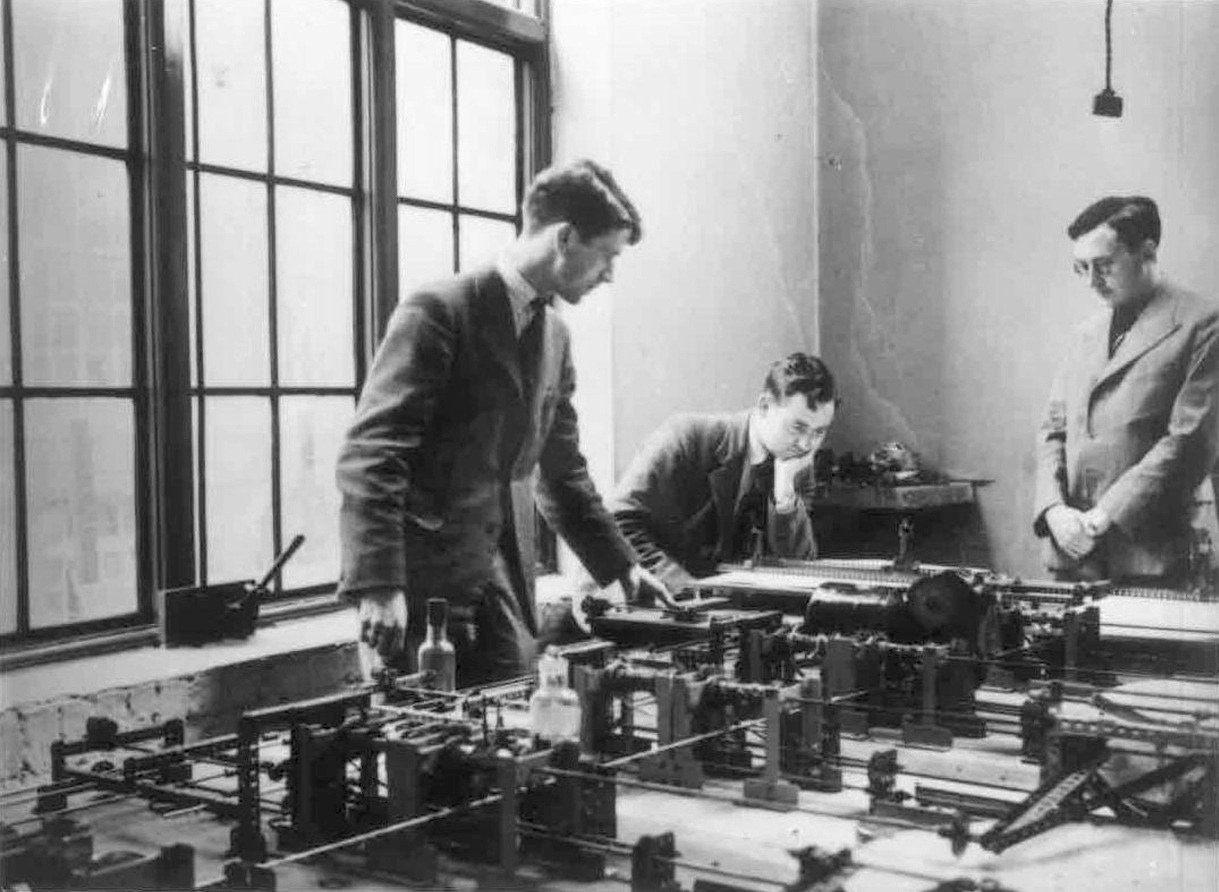|
EDSAC (19)
The Electronic Delay Storage Automatic Calculator (EDSAC) was an early British computer. Inspired by John von Neumann's seminal ''First Draft of a Report on the EDVAC'', the machine was constructed by Maurice Wilkes and his team at the University of Cambridge Mathematical Laboratory in England. EDSAC was the second electronic digital stored-program computer to go into regular service. Later the project was supported by J. Lyons and Co., J. Lyons & Co. Ltd., intending to develop a commercially applied computer and succeeding in Lyons' development of LEO (computer), LEO I, based on the EDSAC design. Work on EDSAC started during 1947, and it ran its first programs on 6 May 1949, when it calculated a table of square numbers and a list of prime numbers. EDSAC was finally shut down on 11 July 1958, having been superseded by EDSAC 2, which remained in use until 1965. Technical overview Physical components As soon as EDSAC was operational, it began serving the uni ... [...More Info...] [...Related Items...] OR: [Wikipedia] [Google] [Baidu] |
Maurice Wilkes
Sir Maurice Vincent Wilkes (26 June 1913 – 29 November 2010) was a British computer scientist who designed and helped build the Electronic Delay Storage Automatic Calculator (EDSAC), one of the earliest stored program computers, and who invented microprogramming, a method for using stored-program logic to operate the control unit of a central processing unit's circuits. At the time of his death, Wilkes was an Emeritus Professor at the University of Cambridge. Early life, education, and military service Wilkes was born in Dudley, Worcestershire, England the only child of Ellen (Helen), née Malone (1885–1968) and Vincent Joseph Wilkes (1887–1971), an accounts clerk at the estate of the Earl of Dudley. He grew up in Stourbridge, West Midlands, and was educated at King Edward VI College, Stourbridge. During his school years he was introduced to amateur radio by his chemistry teacher. He studied the Mathematical Tripos at St John's College, Cambridge from 1931 ... [...More Info...] [...Related Items...] OR: [Wikipedia] [Google] [Baidu] |
.jpg)
